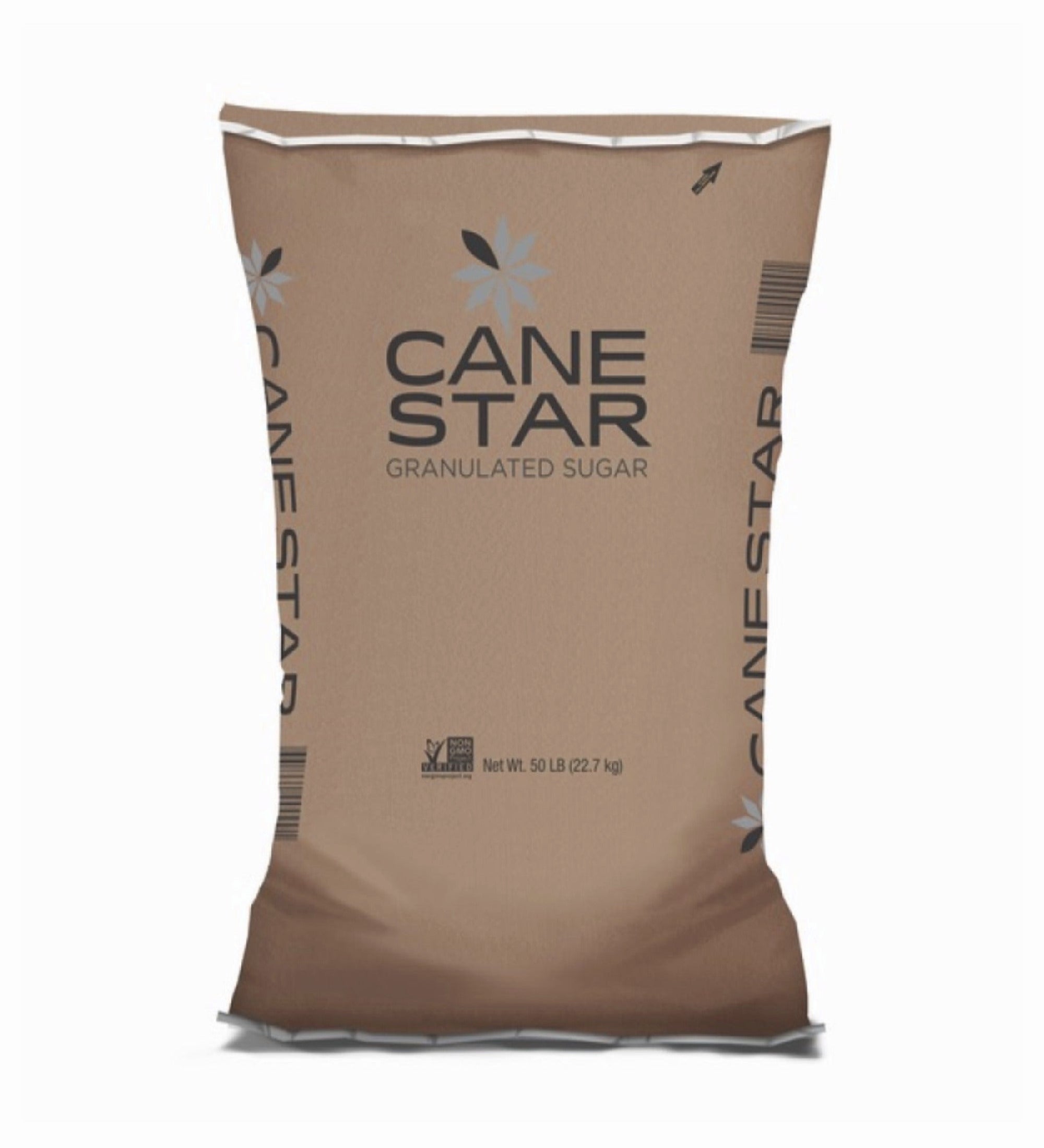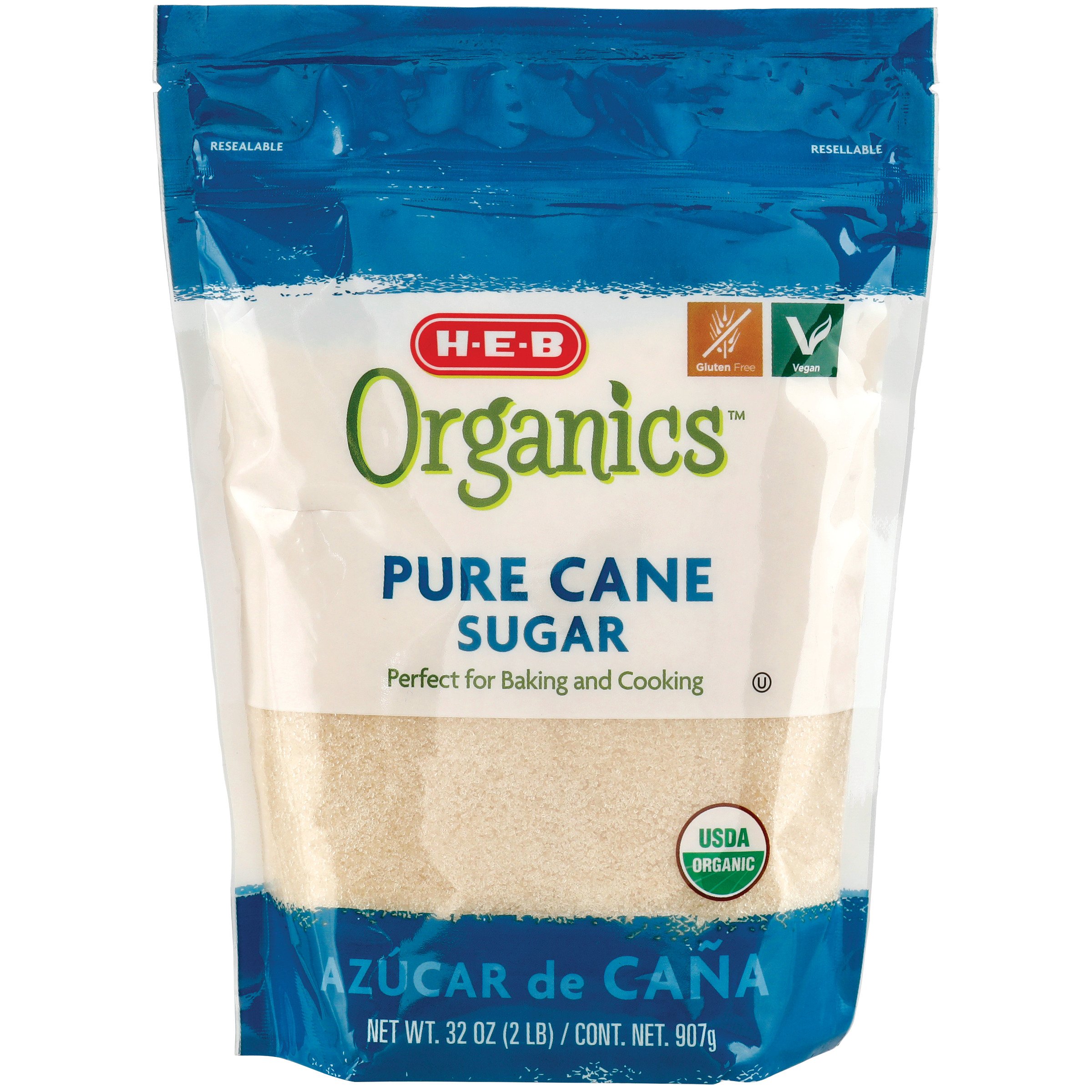Cane Sugar Processing: Innovative Strategies for High Quality Production
Cane Sugar Processing: Innovative Strategies for High Quality Production
Blog Article
Understanding the Critical Methods and Technologies Utilized in Modern Walking Stick Sugar Handling
The development of walking cane sugar processing has been dramatically formed by the integration of innovative techniques and modern technologies that deal with both performance and sustainability. Enzyme-assisted extraction and innovative refining methods have actually changed yield optimization, while automation facilitates operational integrity. Additionally, the focus on sustainable techniques shows a growing understanding of environmental impact. As we discover these essential improvements, it comes to be vital to take a look at exactly how they not just boost production yet additionally line up with broader market fads and customer needs, increasing concerns about the future of sugar processing and its ramifications for international markets.
Historical Context of Walking Cane Sugar Handling
The historic context of walking stick sugar processing discloses an abundant tapestry of farming technology and social exchange that has formed its advancement over centuries. Coming From in Southeast Asia, sugarcane was cultivated as early as 8000 BCE - Cane Sugar Processing. The process of improving and extracting sugar got energy in India, where methods for crystallization were improved around the sixth century. This knowledge went across to the Middle East, and by the 12th century, sugar came to be a valued product in Europe, causing the establishment of sugar vineyards in the Mediterranean.

Advanced Extraction Techniques
Efficiency in walking cane sugar extraction has seen significant developments, driven by the requirement for higher yields and reduced production prices. Standard approaches have advanced, paving the way to cutting-edge innovations that boost the efficiency of the removal process. One remarkable development is the use of enzyme-assisted removal, in which details enzymes break down cell walls and release even more sucrose from the walking cane fibers. This technique not just increases sugar return but additionally lowers the power required for processing.
Additionally, the fostering of membrane filtering modern technologies, such as nanofiltration and turn around osmosis, has actually revolutionized the splitting up of sugar from pollutants. These methods enable the discerning permeation of sugar molecules while retaining bigger contaminants, streamlining the removal procedure and lessening waste.
Additionally, the integration of constant removal systems has resulted in enhanced functional performance. Cane Sugar Processing. These systems keep a consistent circulation of walking stick material, making sure optimal removal problems and lowering downtime associated with batch processing
Innovative Refining Technologies
Refining strategies in walking stick sugar processing have actually gone through a transformative change, driven by the need for higher purity and improved item high quality. One of the most noteworthy innovations is the fostering of membrane layer filtering modern technologies, such as ultrafiltration and nanofiltration. These processes properly remove pollutants and colorants without the demand for substantial chemical therapies, consequently preserving the sugar's all-natural flavor and improving its appeal.
An additional considerable advancement is the usage of ion exchange resins, which permit selective removal of undesirable ions from sugar solutions. This modern technology not just increases the total pureness of the end product however additionally adds to lowered waste and environmental effect.
In addition, innovations in adsorption strategies, making use of turned on carbon and other sophisticated products, have actually proven effective in decolorizing sugar services while maintaining optimal quality. The combination of these ingenious refining modern technologies makes sure that suppliers can create polished sugar with remarkable clearness and taste, fulfilling the get more progressing preferences of consumers.
Automation and Control Equipment
Recent developments in click here for info refining modern technologies have actually led the means for considerable improvements in automation and control systems within cane sugar processing centers. These systems utilize advanced software application and equipment to boost functional efficiency, lower human mistake, and ensure regular product top quality.
Modern automation integrates different components, consisting of sensing units, actuators, and programmable logic controllers (PLCs), allowing real-time monitoring and control of vital procedures. For example, temperature, flow, and pressure prices can be precisely regulated during extraction, clarification, and condensation phases, maximizing performance and decreasing waste.
Additionally, progressed information analytics and machine understanding formulas play a crucial function in predictive maintenance, enabling drivers to expect tools failings prior to they occur. This proactive approach not just minimizes downtime however likewise expands the life-span of machinery.
In enhancement, automation helps with the application of Industry 4.0 principles, equipping sugar mills to accomplish greater connectivity and information exchange across processes. Therefore, decision-making ends up being more educated and agile, eventually enhancing the overall competitiveness of walking stick sugar manufacturing. With these innovations, the sector is well-positioned to fulfill expanding international demands while maintaining functional quality.
Sustainability Practices in Sugar Production
Sustainability practices in sugar production have become increasingly necessary as the sector seeks to balance financial stability with environmental obligation. As customer recognition grows regarding the ecological influences of farming methods, sugar manufacturers are embracing cutting-edge approaches to reduce their ecological impact.
One substantial method is the application of precision agriculture techniques, which use information analytics to enhance resource use, such as water and plant foods. This decreases waste and minimizes the influence on neighborhood environments. Moreover, numerous producers are transitioning to renewable resource sources, such as biomass from sugarcane by-products, to power their procedures, therefore reducing dependence on fossil gas.
Water administration practices are also important; rainwater harvesting and effective watering systems help minimize water shortage concerns. Cane Sugar Processing. In addition, integrated pest management methods decrease chemical use, advertising biodiversity and dirt wellness
Corporate social responsibility campaigns are emerging, with companies buying neighborhood areas and ensuring reasonable labor practices. By welcoming these sustainability methods, the sugar sector not only boosts its track record however additionally adds to a more sustainable agricultural landscape, paving the method for future generations.

Conclusion
In recap, modern walking cane sugar i was reading this processing includes a variety of innovative methods and innovations that considerably boost sustainability, effectiveness, and yield. Jointly, these innovations place the cane sugar industry to satisfy contemporary needs while dealing with critical global obstacles.
The advancement of walking cane sugar processing has been substantially shaped by the integration of innovative techniques and modern technologies that deal with both effectiveness and sustainability.The historical context of walking cane sugar handling reveals an abundant tapestry of agricultural technology and cultural exchange that has actually formed its growth over centuries. Technologies in milling and refining emerged, laying the foundation for contemporary walking cane sugar processing.Refining strategies in cane sugar handling have gone through a transformative shift, driven by the demand for greater purity and improved product quality.In recap, contemporary cane sugar processing incorporates a range of innovative techniques and innovations that significantly boost efficiency, sustainability, and yield.
Report this page